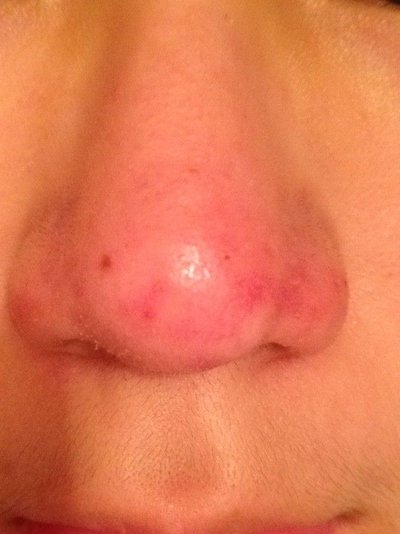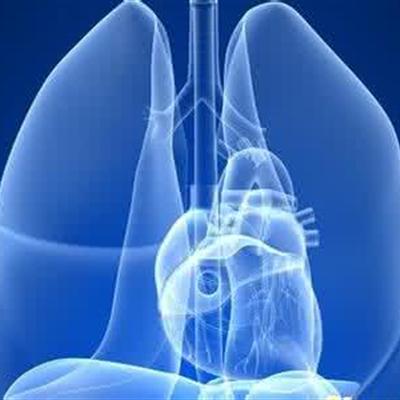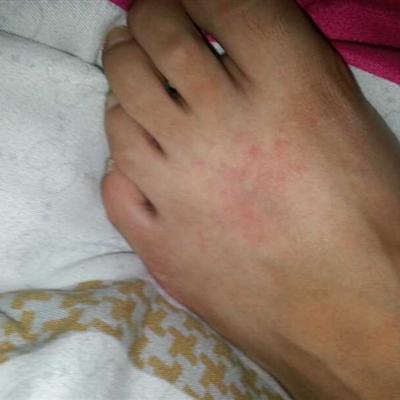Nose symptoms of AIDS?
summary
AIDS is a highly infectious disease caused by patients infected with HIV. People should learn more about AIDS related knowledge and prevent AIDS from me. Understanding the symptoms of AIDS is more conducive to our prevention of AIDS. This article will describe the nose symptoms of AIDS in detail?, Hope to arouse people's attention to AIDS.
Nose symptoms of AIDS?
1. Kaposi's sarcoma is a multiple hemorrhagic sarcoma in the ear. It can occur in the external ear, showing red and purple plaques or nodules. Pneumocystis carinii infection in the external ear is a polynuclear cyst. Protozoa can be found in the pathological examination. No virus has been found in the wax, but HIV can be isolated from the tympanic effusion. Fungi, protozoa, viruses or distributive bacteria can be found in the middle ear culture, HIV is easy to invade the central nervous system or auditory nerve, early sensorineural hearing loss is more common.
2. Oral and pharyngeal diseases the most common upper respiratory tract disease is Candida in the oral and pharyngeal regions. It is more common in the ventral surface of the tongue. It can also occur in the pharynx or esophagus, causing sore throat and dysphagia. Pseudomembrane is formed on the surface of the disease. After removing the pseudomembrane, rough erythema like wound can be seen. It can produce endotoxin and enzymes, which can penetrate the mucosa and deep layer, It is reported that 48% of the patients developed AIDS within 16 months and 83% of the patients developed AIDS within 31 months after the diagnosis of leukoplakia. Sometimes white cheese like fungal infection can be seen in the pharynx, forming partial obstruction, The mucous membrane can be keratinized due to the frequent stimulation of fungi, showing rough appearance of leukoplakia, which can be diagnosed by fungal microscopy or culture. AIDS patients with tonsillitis can be caused by common pathogens, Mycoplasma pneumoniae and Chlamydia trachomatis. KS often occurs in the palate, buccal mucosa, gingival mucosa and posterior pharyngeal wall. KS and Candida infection can also occur in the larynx, leading to hoarseness, laryngeal wheezing and laryngeal obstruction.

3. The pathological changes of nose and paranasal sinuses, the mucous membrane of nasal cavity and paranasal sinuses may be swollen due to the infection of amoeba, and the symptoms such as nasal congestion, runny nose or epistaxis may occur. The infection of herpes virus in the nose may produce huge herpetic ulcer, which extends from the nasal vestibule to the adjacent nasal alar, and KS may also occur in the nose.

matters needing attention
1. Keeping clean and abiding by sexual ethics is the fundamental measure to prevent the transmission of AIDS through sexual channels. 2. The correct use of condoms can not only prevent contraception, but also reduce the risk of HIV infection and sexually transmitted diseases. 3. Early treatment and cure of STD can reduce the risk of HIV infection. 4. Sharing syringes is an important way to spread AIDS, so we should refuse drugs and cherish life. 5. Avoid unnecessary blood transfusion and injection, and use blood and blood products tested by HIV antibody.













